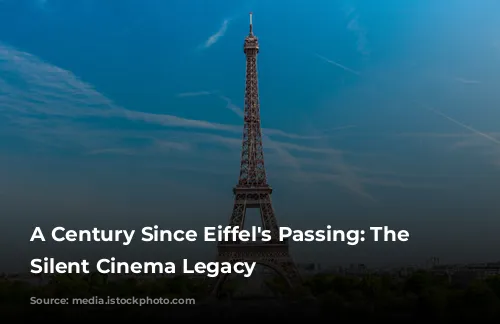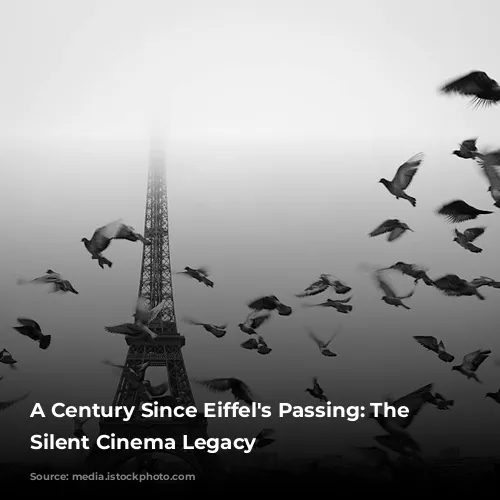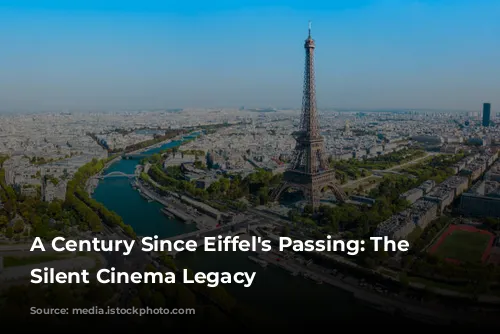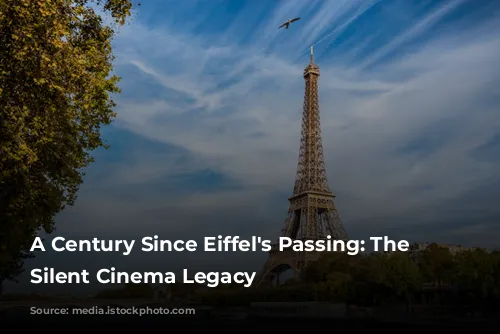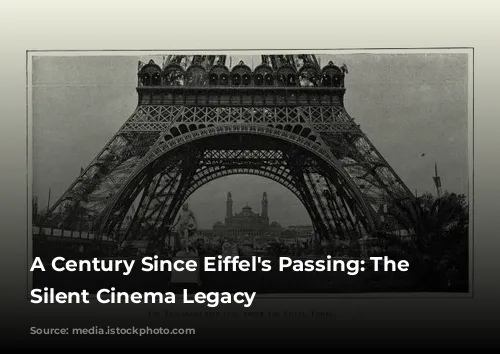This year marks the 100th anniversary of the death of the celebrated French civil engineer, Gustave Eiffel. His iconic creation, the Eiffel Tower, has captivated artists across various mediums since its construction in 1889 for the Universal Exhibition. While its influence on painters and poets is widely recognized, its role in the nascent world of silent cinema has been largely overlooked.

From Iron Lady to Silver Screen
The birth of the cinematograph in 1895, just six years after the Tower’s completion, sparked an immediate fascination with the structure. Early film catalogs reveal a surprising number of entries related to the Eiffel Tower, a testament to its cultural significance. However, the fragility of early film stock, made of flammable cellulose nitrate, has unfortunately led to the loss of many reels from this era.
The Lumière brothers, renowned for capturing iconic landmarks, made a groundbreaking film in 1897. A cinematograph was taken into the Tower’s lift, offering viewers a breathtaking 42-second panoramic view of the Trocadero Palace, with the Tower’s metal frame dominating the foreground. This early cinematic experiment is remarkable for its innovative use of superimposition, creating a sense of immersive depth for the viewer.
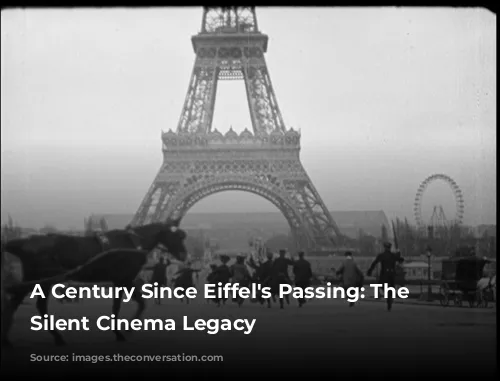
The Eiffel Tower in Méliès’s Magic and Lumière’s Vision
Beyond the Lumières’ explorations, Georges Méliès, a pioneer of fantasy and trick films, also captured the Eiffel Tower in his work. During the 1900 Universal Exhibition, he filmed several short films about Paris, many of which featured the Champ-de-Mars and the Tower.
That same year, the Lumières ambitiously attempted to project a film onto an enormous 720 square-meter screen, a feat that would have dwarfed even today’s largest European screens. Sadly, construction delays for the necessary projector prevented this ambitious project from coming to fruition.
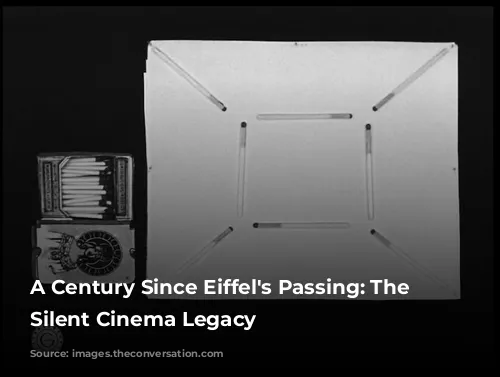
A Tower of Comedy, Mystery, and Imagination
The Eiffel Tower’s cinematic presence extended beyond documentaries and artistic portrayals. In 1906, Georges Hatot directed La Course à la Perruque (The Wig Chase), a comedy film that featured a sequence showcasing the Tower’s exterior and interior, adding a touch of humor to the iconic landmark.
Animated film pioneer, Émile Cohl, incorporated the Eiffel Tower’s silhouette into his 1910 film, Les Beaux-Arts Mystérieux (The Mysterious Fine Arts), using a unique arrangement of matches to create a striking visual effect.
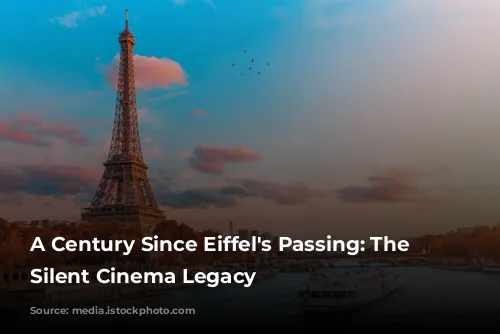
The Eiffel Tower in Avant-Garde Cinema
The Eiffel Tower’s fascination continued into the early 1920s. René Clair, a prominent filmmaker of the avant-garde movement, used the Tower as a central location for his 1923 film, Paris qui dort (The Crazy Ray). In this surreal film, the Tower’s caretaker wakes up to find the city deserted. Five years later, Clair returned to the Tower for La Tour (The Tower), a cinematic poem exploring the landmark from diverse perspectives.
The silent film era concluded with Jean Duvivier’s Le Mystère de la tour Eiffel (The Mystery of the Eiffel Tower), a thrilling tale of an international criminal organization led by a shadowy figure known as “Ku-Klux Eiffel.”
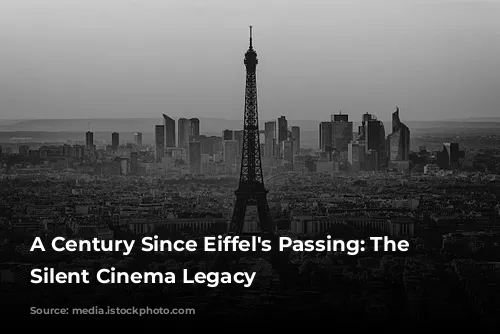
The Eiffel Tower: An Inspiration Beyond Time
These diverse cinematic depictions highlight the Eiffel Tower’s enduring power as a source of inspiration for early filmmakers. Beyond simply showcasing its architectural magnificence, the Tower embodied a sense of modern audacity and mystique, fueling imaginative narratives and innovative filmmaking techniques.
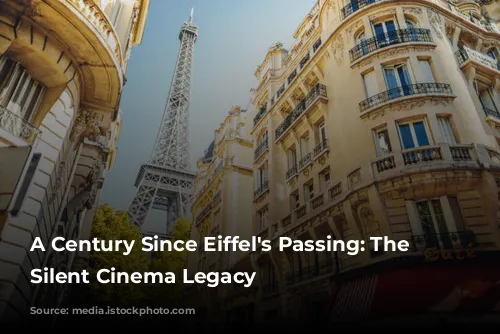
A Silent Legacy, Long Overlooked
The relative obscurity of the Eiffel Tower’s presence in silent cinema stems, in part, from the historical lack of appreciation for this early art form. Silent films, often seen as a primitive precursor to sound cinema, were initially dismissed by critics and the elite. They were primarily considered a form of popular entertainment, often consumed by fairground audiences.
The rise of Pathé as a dominant film company in the early 20th century marked a significant change in the film industry. A shift from sales to rentals led to a more formalized distribution system, allowing films to reach a wider audience and encouraging greater production value. This era saw a significant increase in film length, with silent films gradually evolving from brief spectacles to feature-length narratives. Despite the absence of spoken dialogue, silent cinema was anything but silent, utilizing musical accompaniment and other visual elements to create a vibrant and engaging cinematic experience.
The Eiffel Tower’s presence in silent cinema, though often overlooked, offers a fascinating window into the early evolution of filmmaking and the enduring cultural impact of this iconic structure.
